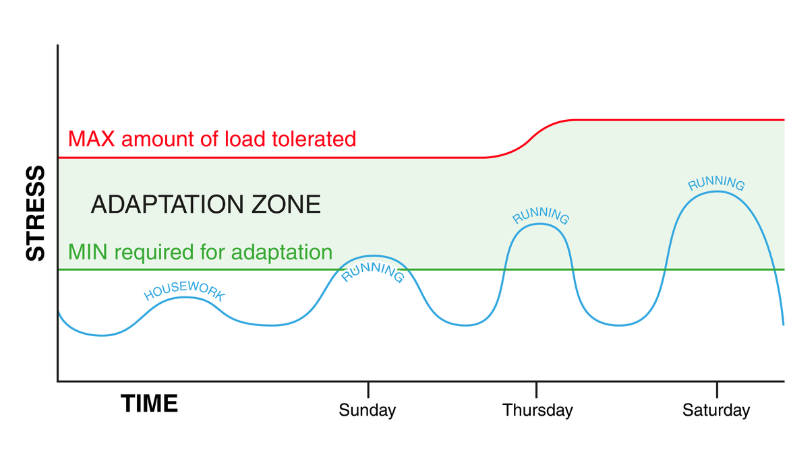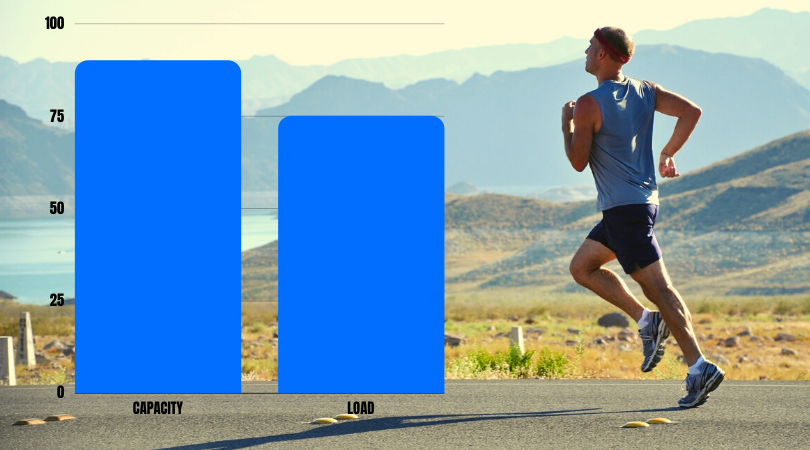How do I run more without injury?

Understanding adaptation: To run without injury
In order to run more without injury, you need to understand adaptation. The human body is smart when it’s thrown into an unfamiliar situation. Just look at an elite cyclist and compare their body type to a swimmer. One profession requires a massive demand on the upper body, while the other hardly uses any upper body strength. Because these demands are so different, the body begins to change or ‘adapt’ to the environment. In this scenario, we see swimmers develop larger shoulders and back muscles, while the cyclist keeps a light, slender frame.

If we apply this concept to running, similar principles apply. Over a period of weeks and months, the body will start responding to the demands of the sport. This could include a better lung capacity, a loss in body fat and larger muscles around the lower leg, all designed to help you become a better runner. But just like a swimmer shouldn’t expect bigger shoulders after one week of swimming, neither should runners expect unrealistic distances or speeds without patience. Understanding this principle is important when talking about running injuries. When running throughout the week, a runner should aim to train within their ‘adaptation zone’ as often as possible.

Understanding Load vs Capacity
Runners should recognize that every muscle, tendon & bone within the body contains a certain load capacity. Applying this to running, all the body tissues have a running distance and pace limit before increasing the the risk of injury. For example, if your left calf can tolerate up to 10 kilometres of running at a 6 minute pace, anything above this increases the likelihood of injury. If this is ignored and left calf is subjected to 13 kilometres, this may result in a muscle tear.
This constant balance between load and capacity is being played out and is explained really well by Kevin Maggs on youtube. It has been estimated that 80% of running injuries are due to runners exceeding their own capacity.
The trick is be patient with the adaptation process. Guidelines recommend an increase in weekly mileage by 10% to reduce injury risk. However, these guidelines are very conservative. For this reason, I recommend an increase anywhere between 10-20% under the correct guidance and based on individual circumstances.

Understanding Early Signs & Symptoms
It’s not possible to discuss injury prevention without accurately interpreting early symptoms. Articles such as ‘What is good pain & bad pain for runners’ will help. You cannot prevent injuries 100% of the time. However, you can be proactive immediately as symptoms arise. In most cases, even continue running! Runners often get this process wrong so it is important you consult a health professional early.
Relevant Blogs:
Mistakes preventing a NEW runner from success
What pain is good pain for runners?
The early warning signs for running injuries
